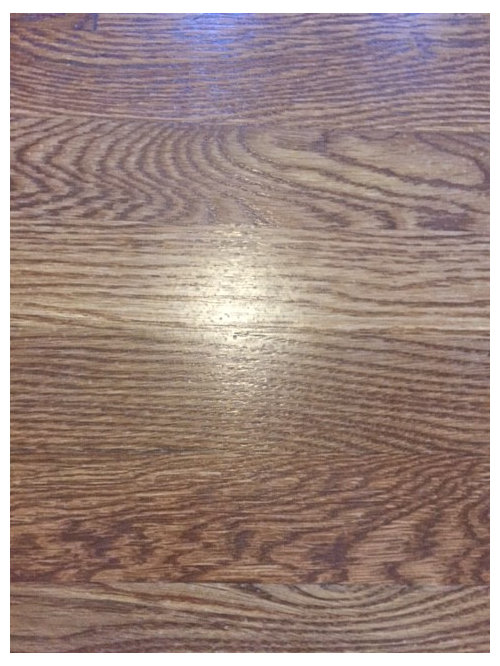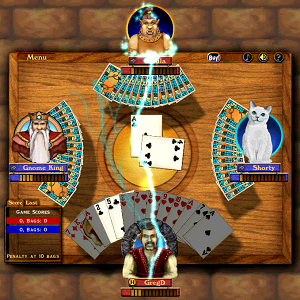

Dealing is done clockwise.Īfter dealing is done the remaining cards are placed in the center of the play area and the top card is revealed. Then the dealer will deal each player a hand of 5 cards in batches of 3 and 2 cards. The dealer will shuffle and the player to their right may cut the deck.

In future rounds, the turn to deal will pass to the player to the left of the dealer. For this, the ranking is King (high), Queen, Jack, 10, 9, 8, 7, and ace (low). The lowest-ranked card is the first dealer. The two highest-ranked cards will be partnered and the two lowest-ranked cards will be partnered as well. Players draw for partners and the first dealer. Then this would change the deck totals to 33, 29, or 25. There is also a variation that adds a joker to the deck. This can leave you with a 28 or 24 card deck respectfully. There are also variations that remove the 7s, or the 7s and 8s. All cards ranked 6 and lower are removed from the deck. SETUP FOR EUCHREįirst, the deck is modified. The target score for winning is set before the game begins. There will be two teams of 2 with partners sitting opposite each other. The goal is for you or your team to win 3 or more of the 5 tricks in a round.Įuchre is a partnership game. TYPE OF GAME: Trick-Taking Card Game AUDIENCE: AdultsĮuchre is a trick-taking card game for 2 to 4 players. NUMBER OF PLAYERS: 2 or 4 players MATERIALS: A modified 52-card deck, an optional joker, a way to keep score, and a flat surface. While the opponents may catch up with a lone hand, the probability of them catching up due to blocking is higher (don't block your way into losing).OBJECTIVE OF EUCHRE: The objective of Euchre is to win at least 3 tricks. Blocking is unsound at this point, given the odds of your opponents having a loner that your side cannot stop. A "block" call is more strategic for this score since a euchre can be absorbed and your team deals after.Ī "mini-bridge" can be substituted in any strategy that mentions the "bridge", being a sound position for the same strategy.Īnytime you are ahead of your opponents by 5 or more points. A lone hand can put them ahead or tie your score, making it harder to win. They are one lone hand away from winning and a "block" would prevent a win so you may choose to "block" at that time regardless of what your score is.Īnytime you are ahead of your opponents by 3-4 points and they have the deal. While the "bridge" is a specific score position, you may substitute that position for anytime your opponents have 6 or 7 points in any strategy that mentions the "bridge". The point at which you are one point away from winning and the opponents are one lone hand from winning (you have 9 and they have 6 or 7, thus a lone hand can win for them). Score can be simplified by defining certain score positions. Once trump is made, an "off" suit is any suit other than trump (also called side suits). The suit that is the same color as the turn up card (If spades was flipped then "next" is clubs).Įither suit that is opposite color of the turn up card (If spades was flipped, a "cross" would be either hearts or diamonds).

It doesn't matter what the suit is, each suit has a next and cross assigned to it. Suit can be simplified based on the turn up suit. NOTE: This strategy is a two edged sword if your bagging any specific suit (or color) and your opponents (or partner) calls a different suit (or color). A no-brainer bag is when you have all 4 jacks, allowing your side good odds to euchre or make any call. This is in anticipation that your opponents will call whatever suit your bagging. Not calling when your hand is decently strong. The second round of calling, when everyone turned down the turn up card as trump, including the dealer.Ĭalling to prevent a possible lone hand (4 points), risking a euchre (2 points). The first round of calling, when you can only call the suit of the turn up card, calling it into the dealer’s hand. Each seat can have a different role for the two different calling rounds. The seat to the right of the dealer, being the third seat to bid and play.Ĭalling can be simplified by defining the round in which a strategy gives a role for each position. The dealer’s partner, being the second seat to bid and play. The seat to the left of the dealer, being the first to bid and play. It doesn't matter what actual seat you are in, everything is relative to where the dealer is at the time. Position can be simplified by where the dealer is.


 0 kommentar(er)
0 kommentar(er)
